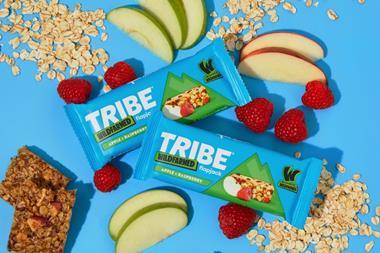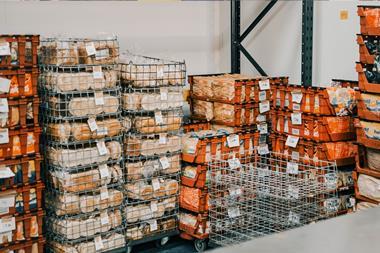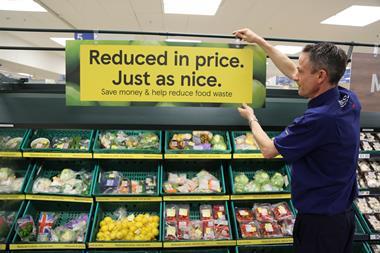Eating out used to be easy. No cooking, no washing up – just pick your favourite meal and away you go.
These days, it can be a bit more complicated. First, there’s the health question. All restaurants with over 250 employees are now required to put calorie counts on menus, under the controversial law that came into force earlier this year.
Now, there’s increasingly an environmental question too. A growing number of restaurants are introducing eco-labels to help customers make informed decisions on the impact of their meals, as highlighted in a BBC report today. The most high-profile is Mexican chain Wahaca, which brought in carbon labels earlier this year to help people “realise they do actually have quite a lot of power at their fingertips”.
“Food choices are political. If we begin to realise this and start voting with our mouths, then we have a lot of power as a consumer,” co-founder Thomasina Miers told the BBC.
The rationale is clear. Global food production is responsible for 35% of all human-caused greenhouse gas emissions. To meet the UK’s climate goals, the Climate Change Committee (CCC) recommends we all cut our meat and dairy consumption by 20% by 2030.
The evidence so far suggests minor tweaks such as eco-labelling can help achieve this aim. When restaurants make the menu’s default option a ‘lower’ environmental option – a veggie burger instead of beef, for example – CO2 emissions can fall by almost one-third, found a study by researchers in Germany. The same study found carbon emissions fall by 13.5% when restaurants label the comparative carbon impact of each dish.
Any move that gives people more of the environmental information they want to make a decision is, of course, a good thing. It’s why food companies across the board, from Tesco to Nestlé, are also looking to develop a similar ploy.
But there is a crucial flaw. Right now, there is simply not the necessary level of data available for any company to accurately measure the environmental impact of their food.
Wahaca, for example, is partnering with Klimato, a Swedish start-up that bases its carbon assessments on a mix of primary data from suppliers and secondary data from peer-reviewed journals. This will be a good starting point, but academic papers typically remain based on generalisations, lumping together the eco-impact of a range of production methods and systems into a single score.
And every attempt to gather similar information has faced the same issue. A study by Oxford University published in August is the most advanced analysis of its kind to date, measuring 57,000 multi-ingredient supermarket products, but even the researchers involved conceded there is a crucial limitation in the lack of differentiation between production systems.
To truly judge the eco-impact of any given product, every actor involved in the production and manufacture of all ingredients must measure and share the environmental impact at their stage of the supply chain. Everything from soil health to energy use, and from water stress to recycling rates. As it stands, there simply isn’t the necessary participation to do so.
Should eco-labels wait for full transparency from every actor before launching? No. The perfect should not be the enemy of the good.
But the other issue is carbon is still not a priority for many people. In customer research by the eco-label Impact Score, carbon emissions emerged as the seventh most important issue behind recycling, nutrition, animal welfare and others.
So for all its good intentions, Wahaca has arguably moved too soon. Educating the public on environmental issues and allowing them to make more informed decisions is a laudable aim, but this must be balanced against ensuring the information is accurate, transparent, and comprehendible. For now, at least, the information at hand makes that balance a difficult one to strike.



![XOXO-Product-Shot[ALL FLAVOUR]-Sky-1920x1080](https://dmrqkbkq8el9i.cloudfront.net/Pictures/274x183/4/9/2/355492_xoxoproductshotallflavoursky1920x1080_806584_crop.jpg)
















No comments yet